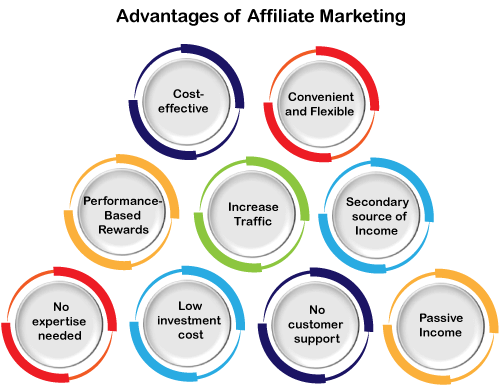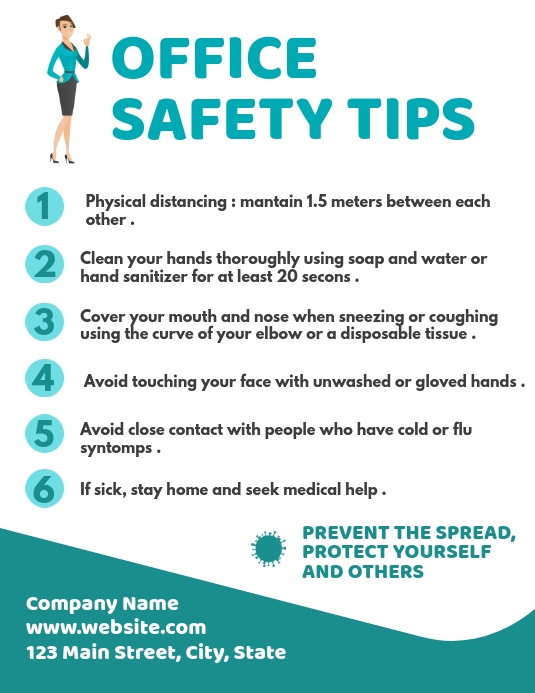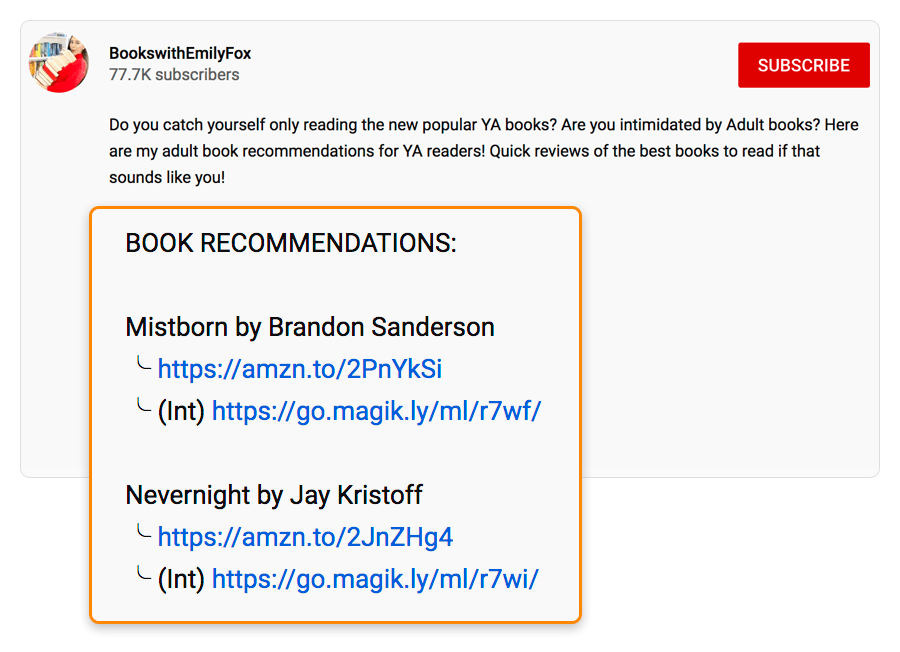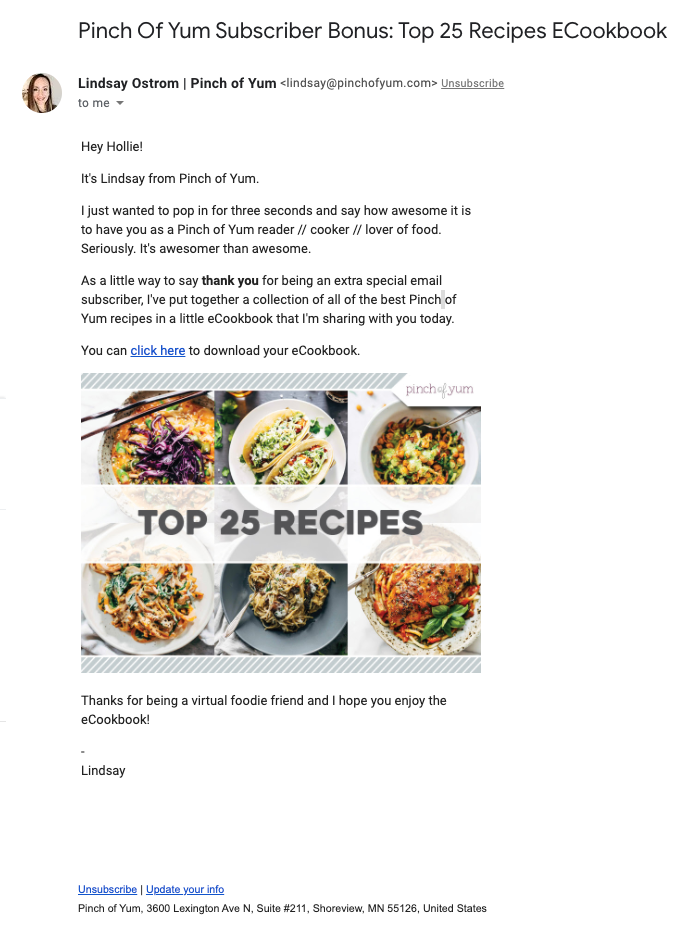With over four billion email users worldwide, it’s a no-brainer that email marketing, despite many other communication channels, keeps its positions stable. Moreover, it is expected to experience significant growth in the upcoming years, making emails alive as never before.
People from different industries are utilizing email campaigns to promote their brands, grow their customer base, and increase their potential. Emails can drive more traffic, help to establish your company’s presence, and stabilize its position on the market.
So why not try out affiliate marketing as well and see where it brings you in terms of progress?
To make things easier, we will help you to get started and dive more into the world of affiliate email marketing.
The definition of affiliate marketing
We will start with a few definitions for those of you who are not entirely familiar with affiliate marketing.
In the model of affiliate marketing, you work to promote various products provided by the seller. The latter provides you with a link that tracks the exact number of visitor clicks. When someone completes a desired action, be it a single click or a successful purchase, you receive the commission.
Affiliates can be paid for several action types:
- When someone completes a purchase.
- When someone becomes a potential lead (subscribing to email newsletters).
- When someone clicks on the link or call to action and gets on the seller’s website.
Most affiliate programs utilize cookies to track their referrals, so even if a person clicks on the provided link but doesn’t buy anything for several days, you still have your credit for the completed sale when they do./affiliate-marketing-glossary/cookie/
Reasons to use emails to promote an affiliate program
Did you know that over 99% of people check their emails daily?
Not only that, but according to Campaign Monitor, 50% of people who took part in a survey stated that they check their email ten times a day or more. Important numbers that show significant opportunities for email campaigns.
Emails work great when you need a better conversion and look for increased audience engagement. You might want to add here that social media might provide you with a very similar advantage.
However, relying upon social media has its minuses. You will come out powerless against all those new algorithms and their constant changes, shutdowns, and sudden rise and fall of the channel’s popularity. As for the emails, they don’t have such challenges to face.
One of the reasons to use emails in affiliate marketing is to keep a worthwhile conversation with the audience and, at the same time, get all your products in front of them. Using an effective affiliate welcome email template can be critical here, as it helps establish a strong first connection with new customers, setting the stage for ongoing engagement. Your very first welcome email can actually serve as their starting point to completing a purchase with you.

Besides, you are not dealing here with cold email leads. This is another reason to consider using emails in affiliate marketing, as having an established customer base will make a good start.
Customers you plan to include in your future campaigns already know what you offer and have grown a certain amount of trust in your content. Some of them might use your services, and others enjoy reading your newsletters.
Regardless of why they once subscribed, they are people you don’t need to persuade to open emails you send. While it is true that not all of them will eventually fall into the loop and start buying, they cannot be anywhere near the cold leads coming from PPC ads.
5 tips to launch an email campaign to promote an affiliate program
Before listing all the valuable tips of a prosperous email campaign, and looking at some email marketing terminology, there is one fundamental rule worth remembering – don’t sell but share. It applies to all marketing efforts, such as global content marketing, social media & influencer marketing, and affiliate ones in particular. You might wonder why it is so important.
There is a huge difference between a salesperson and a satisfied customer — a happy client will not sell the links. They will rather talk about products they bought and fell in love with as if they were chatting with a friend over a cup of coffee. A more honest relationship with the audience results in a higher email open rate. When you talk about something through your experience, it will never feel like a sales manager knocking on your door.
That is one of the biggest secrets of building your email campaign – always keep it friendly.
1. Build trust
Before promoting anything, make sure there’s enough trust to encourage others to follow your sincere recommendations and advice. Those emails you share with your potential customers should be beneficial for them, without blatant sales pitches and annoying ads.

Start with sharing useful and worthy content, which might help people improve their personal or work lives. Then, you can start recommending products that they can buy and benefit from even more. The most important here is not marketing to people but having a worthwhile conversation with them.
2. Select the right links
Whenever you’re considering which affiliate links to include in the next campaign, make sure they all are profitable, appropriate, and evergreen.
- Profitable links
The links you are about to include in your email sequence should possess a stable earning potential and bring you a solid return on your investments. While you might save costs on promoting them, your commissions have to be high, with the average email’s CTR being 2.6%.
Different affiliate programs have various types of commissions.
For example, if you plan to promote video games with 1% on every 40$ piece, you will need 1000 clients to buy it from your link to earn 400$. However, if you are to promote home maintenance products with an 8% commission on every 300$ product, you will only need seventeen customers to earn $400.
Have a look at more examples and statistics about the profits of various affiliate programs here.
- Appropriate links
The links you attach to your letters have to be appropriate and have a direct connection to your industry. People had their reasons when they signed up and agreed to receive your newsletters. They like the content you share and expect it to be most often relevant and customized to their preferences.
People have chosen to trust you, so never abuse it. Otherwise, you can lose a big chunk of your loyal audience and face confusion, annoyance, and multiple complaints.

A good example of irrelevance would be sending over emails about sport shoes when all your previous ones included cooking recipes. However, a great piece of relevant content marketing strategy would consist of information about kitchen utensils required to prepare the fantastic cheesecake from the recipe shared in the previous email. In such a case, people are more likely to follow a link, check the details, and buy the product.
Good practice includes being utterly selective with those links you insert in the emails. The links people are about to see should be relevant and relate to your main content that they see regularly.
- Evergreen links
Lastly, include links that are not only topical but valid all year round. The demand for the products should not change with each passing season if you wish to earn a stable income. A good knife or a food processor are things people always need, while a new year decoration will only bring you money a few months in a year.
Whenever you pick evergreen links, they save you considerable time and no less effort. There’s no need to keep an eye on different emails, change them and constantly tweak and update them to ensure relevancy.
If you want to include seasonal products, be prepared to adjust your emails and create a separate campaign for those promoted goods. Once the season is over, remove the whole campaign from your set email sequence.
It doesn’t mean seasonal offers don’t bring steady income; they do. But again, make sure they’re profitable enough to be worth your time.
3. Ensure you are allowed to share affiliate links
Another crucial thing to clarify beforehand is to double-check whether your provider is okay with inserting various affiliate links in the letters you send. Some providers have concerns about deliverability rates and might discourage affiliate emails. Others ban it from the start.
If you don’t make things clear, you might lose account access or, what is even worse, your email lists.
Get in touch with a service provider representative, or check out this list of email providers that allow affiliate marketing.
Things might not be as bad as you have thought, and the only rule is following a simple instruction on how to add the links and cover some basic do’s and don’ts to avoid any issues in the long run.
It’s always better to double-check and make sure things are clear from the beginning. It eliminates the need to pick a different service provider, redo the whole campaign or look for new ways to re-engage with customers by resending confirmation emails and building an emailing list from scratch.
4. Share lead magnets
Do you know how bloggers not only encourage people to buy their courses, guides, and online lessons but also make them stay longer?
They either share a free sample of each lesson or regularly send out free material to showcase to their audience that they can trust them. Regardless of whether people decide to buy more or no, giving free stuff is a great way to attract potential customers.

Such materials are called lead magnets and may include:
- a free how-to guide
- a checklist for a working schedule
- a list of tips to increase efficiency
Lead magnets draw customers’ interest and prove to them the value of sharing their email addresses.
Worthwhile information you share free of charge shows that you think about your clients and want to be helpful. They build trust and encourage more people to check out your inserted links later by considering you a trustworthy advocate who won’t recommend a dubious product.
5. Apply segmentation
In case you have a diverse audience or the content you share covers several fields of interest, apply segmentation to the lists you have. It helps to have better conversion, higher opt-in, and improved open rates.
If you have a shop with building supplies, you might need, for example, separate lists for large contractors and DIY customers. Whenever you have two or more different audiences, you should expect them to be interested in entirely different things, deals and content. Segmenting customers will help you deliver more customized messages, cover each group’s needs, and meet their expectations.
Conclusion
While affiliate emails might seem intimidating at first, it is definitely worth the hype and effort when done right. They help you increase your passive income and establish a meaningful conversation with your audience. You can become a trusted associate who knows better rather than a hard-seller who only wants the money.
Start with building trust as a product owner and share valuable content to show people the value of their email subscription. Once set, implement affiliate marketing into your selected email sequence. The golden rule here is to share, not sell.
Frequently Asked Questions
How can I promote my affiliate links?
Promote affiliate links through social media, content creation, audience engagement, email marketing, and paid advertising. Offer valuable content to boost click-through rates.
How can I promote my affiliate links?
Promote affiliate links through social media, content creation, audience engagement, email marketing, and paid advertising. Offer valuable content to boost click-through rates.
Share this article
Affiliate marketing email templates
Discover expertly crafted email templates for affiliate marketing with Post Affiliate Pro. Enhance your communication by motivating, acknowledging, and engaging affiliates effectively. From terms and conditions to product launches, these templates ensure clear and consistent messaging to boost your affiliate program's success. Visit now to streamline your affiliate communication!
How To Find Affiliates to Sell Your Products
Discover over 10 successful strategies for finding high-quality affiliates in 2024 to boost your product sales. Learn to leverage influencers, join affiliate networks, and enhance your reach through SEO and social media. Maximize revenue with transparency and ongoing monitoring in your affiliate marketing program.
9 affiliate marketing tools that’ll help you run your affiliate program
Discover 9 essential tools to supercharge your affiliate marketing program! From visual content creation with Visme to comprehensive management with Post Affiliate Pro and audience insights via Smartlook, these tools will boost your sales and refine your strategy. Dive in to maximize your affiliate success!











